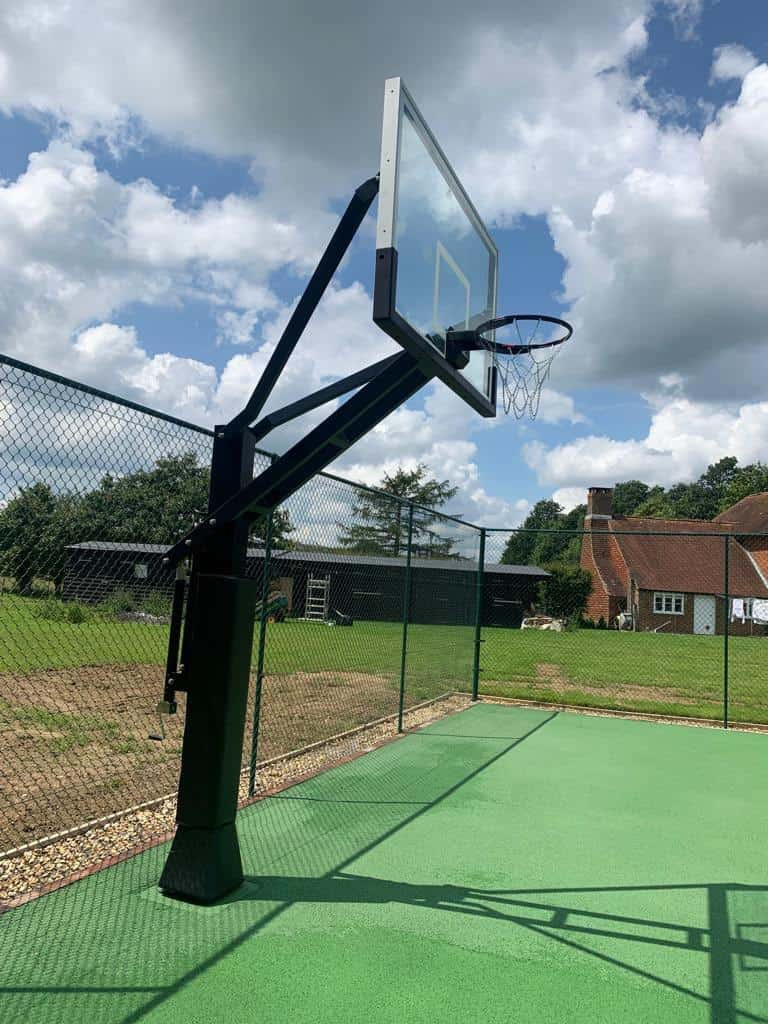Keeping a tennis court in top condition is essential for performance, safety, and the overall experience of players. However, resurfacing — while vital for maintaining play quality and extending the court’s lifespan — can temporarily interrupt play schedules. Planning ahead and managing the process effectively can significantly reduce downtime and inconvenience. At Tennis Court Construction Essex in Essex, UK, we understand the importance of carrying out resurfacing with minimal disruption to clubs, schools, and private facilities.
Why Timely Resurfacing Matters
Over time, tennis court surfaces naturally deteriorate due to constant use, UV exposure, and weathering. Cracks, fading, puddling, and loss of grip are common signs that resurfacing is needed. If left too long, these issues can worsen and lead to costly structural damage or unsafe playing conditions.
Regular resurfacing ensures:
- Consistent ball bounce and traction
- Improved player safety by reducing slip hazards
- A professional appearance that reflects well on your club or facility
- Longer court lifespan by addressing small issues before they escalate
By scheduling resurfacing strategically, you can maintain high standards without compromising player access or competition timetables.
Choosing the Right Time for Court Resurfacing
Timing is one of the most crucial factors when planning tennis court resurfacing. The ideal time depends on weather, court usage, and the type of facility.
1. Off-Season or Low-Usage Periods
For clubs and schools, resurfacing is best scheduled during quieter months when fewer matches, lessons, or tournaments are taking place. Late autumn or early spring often provides a balance between favourable weather and reduced demand.
2. During Maintenance Downtime
If you already have a scheduled maintenance break for cleaning, repainting, or equipment upgrades, integrating resurfacing into that period can help consolidate work and limit closures.
3. Weather Considerations
Surface materials need specific weather conditions for proper curing and adhesion. Dry, mild weather is ideal, so resurfacing is typically best carried out between late spring and early autumn. Our team at Tennis Court Construction Essex monitors conditions closely to ensure every project is completed at the optimal time.
Planning Ahead to Limit Disruption
With careful planning, even a full resurfacing project can be managed efficiently and with minimal interruption. Here’s how:
Advance Scheduling
Providing players, members, and coaching staff with clear timelines helps everyone prepare and adjust their routines. Announce the resurfacing period early to avoid clashes with key events.
Phased Work on Multi-Court Facilities
If your site has several courts, resurfacing can be done in stages. This allows players to continue using other courts while one is being refurbished, ensuring play continues uninterrupted.
Temporary Court Access
Where space permits, temporary play areas or practice courts can be set up to accommodate training or recreational sessions during the main resurfacing phase.
Fast-Track Surface Techniques
Modern resurfacing methods and materials have advanced significantly, allowing faster curing times and reduced downtime. Tennis Court Construction Essex employs efficient, high-quality processes designed to get your courts back into play as quickly as possible without compromising workmanship.
Communication with Players and Staff
Clear communication is key to minimising frustration during any maintenance project. Ensure players and members are informed about:
- The start and finish dates of the resurfacing work
- Any temporary changes to access points or parking areas
- Updated training or match schedules
- The benefits of the resurfacing work once complete
When everyone understands the purpose and timeline of the project, the process runs much more smoothly and is often viewed positively as an investment in the facility’s quality.
Coordinating with Professionals
A well-organised resurfacing project relies on working with experienced professionals who understand how to balance efficiency and quality. At Tennis Court Construction Essex, we collaborate closely with clients to create a schedule that suits their facility’s calendar, ensuring minimal interference with players’ routines.
Our team manages every stage — from surface preparation and crack repair to coating and line marking — with precision and attention to detail. We also plan the workflow strategically to shorten downtime wherever possible.
Conclusion
Effective planning is the key to minimising disruption during tennis court resurfacing. By choosing the right time of year, communicating clearly with players, and working with skilled professionals, you can ensure your courts are restored to their best condition quickly and efficiently. For expertly managed resurfacing services in Essex, Tennis Court Construction Essex provides high-quality solutions designed to keep your courts playable, safe, and visually impressive with the least possible downtime.
Call us on: 01245 945 895
Click here to find out more about Tennis Court Construction Essex
Click here to complete our contact form and see how we can help with your tennis court.

